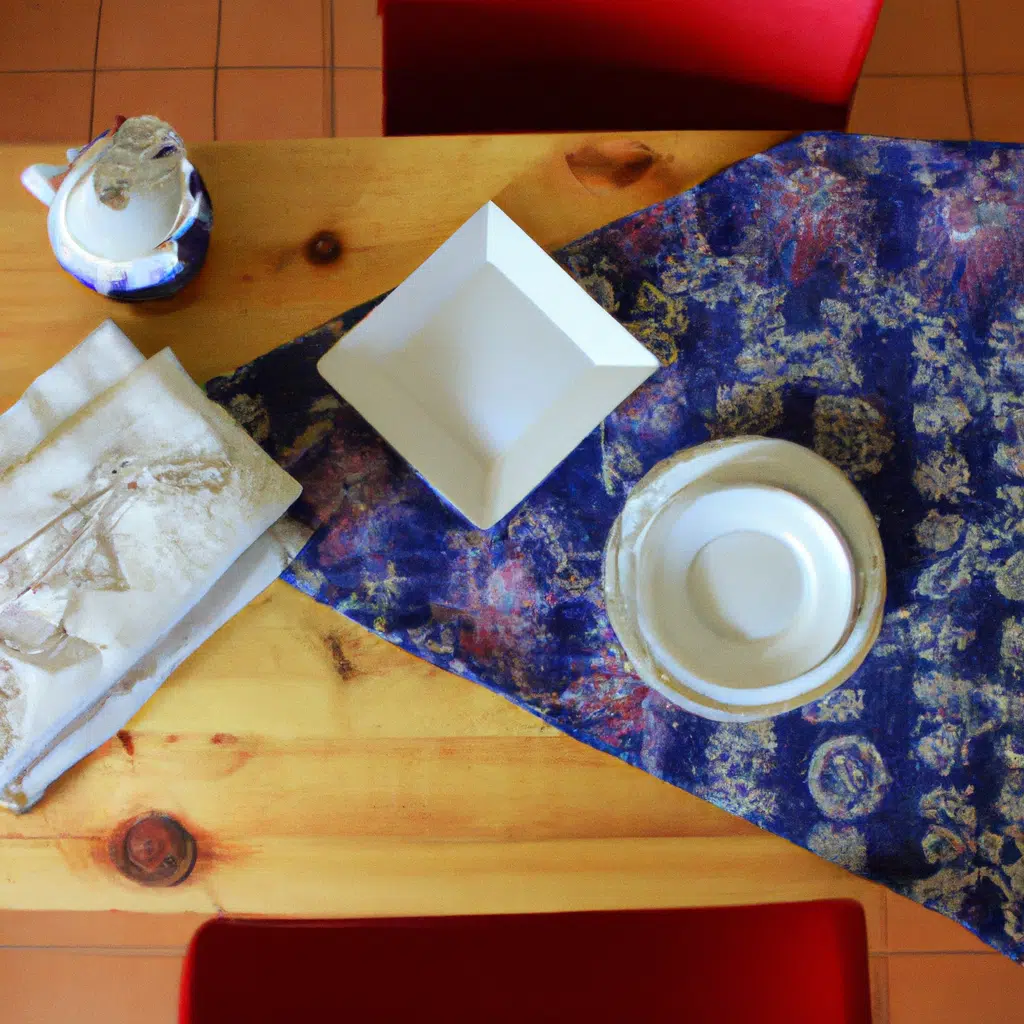
The Most Important Color Rules to Follow When Mixing Patterns in Home Decor
Mixing patterns in home decor can be a daunting task, but it doesn’t have to be. With the right color rules in mind, you can create a cohesive and visually pleasing space that showcases your personal style. In this article, we will explore the most important color rules to follow when mixing patterns in home decor.
The Importance of Color
Color is an essential element in home decor, and it plays a significant role in the overall aesthetic of a room. When mixing patterns, it is important to consider the color palette of your space. Choosing colors that complement each other will create a harmonious and well-balanced room.
Rule #1: Stick to a Color Scheme
The first rule of mixing patterns is to stick to a color scheme. Choose a color palette that you love and use it as a guide when selecting patterns for your space. A good rule of thumb is to choose two to three main colors and then incorporate patterns that feature those colors.
For example, if your color scheme includes shades of navy blue, white, and gray, you could incorporate patterns that feature those colors, such as a navy and white striped rug, gray and white chevron throw pillows, and a white and navy floral accent chair.
Rule #2: Mix Different Scales of Patterns
When mixing patterns, it is important to mix different scales of patterns. This means using patterns that vary in size and complexity. Mixing patterns of the same scale can make a space feel overwhelming and chaotic.
For example, you could mix a large floral pattern with a small polka dot pattern or a bold stripe pattern with a subtle geometric pattern. This will create a visually interesting and balanced space.
Rule #3: Use a Neutral Base
Another important color rule when mixing patterns is to use a neutral base. Using a neutral color, such as white, beige, or gray, as a base color will allow your patterns to shine and will prevent your space from feeling too busy.
For example, you could use a white or beige sofa as a neutral base and then incorporate patterned throw pillows, curtains, and a rug to add interest and texture.
Rule #4: Add a Pop of Color
While it is important to stick to a color scheme, adding a pop of color can elevate your space and make it feel more vibrant and dynamic. Choose a color that complements your color scheme and incorporate it into your space through accessories such as throw pillows, artwork, or a vase.
For example, if your color scheme includes shades of blue and gray, you could incorporate a pop of yellow through a throw pillow or a piece of artwork.
Rule #5: Balance Bold Patterns with Subtle Patterns
Finally, when mixing patterns, it is important to balance bold patterns with subtle patterns. This means using patterns that vary in intensity and complexity. Mixing too many bold patterns can make a space feel overwhelming, while using too many subtle patterns can make a space feel bland.
For example, you could mix a bold floral pattern with a subtle stripe pattern or a bold geometric pattern with a subtle polka dot pattern.
Conclusion
Mixing patterns in home decor can be a fun and creative way to showcase your personal style. By following these color rules, you can create a cohesive and visually pleasing space that is both beautiful and functional. Remember to stick to a color scheme, mix different scales of patterns, use a neutral base, add a pop of color, and balance bold patterns with subtle patterns. With these tips in mind, you can create a space that is uniquely yours and reflects your personal style.

